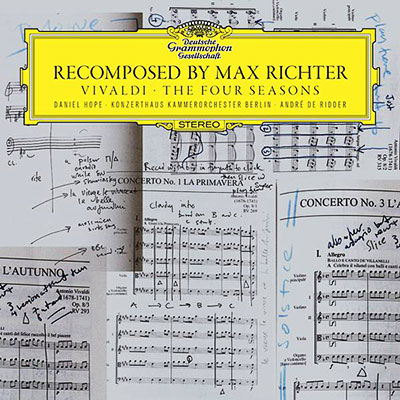For instance, I've been reading Bruce Frazer's fantastic book 'Real World Colour Management', and in it he describes the psychological factors involved in how we interpret colour. Colour is as he describes it 'an event'. It is light being reflected off a subject and viewed by an observer.
We have what he describes 'memory colour'. For instance, we know what skin tone looks like, and we all know the kind of blue a blue sky should be. We know 'from memory' how these colours should be. There are psychological expectations that certain colours should be certain colours.
I think this applies to how I perceived the black deserts of Iceland. If i say a desert is black, we think of it as jet-black, even though it might be a deep, muddy brown-black, or a deep muddy purple-black.
I think most of the time, many of us simply go around looking at colour but not 'seeing it'. We use memory colours all the time with little thought to what the real colour of an object might be.
For example, last year during a workshop, my group and I were all working in very pink light during sunrise. Knowing that the entire landscape was bathed in a pink light, and that many of us don't notice the colour cast so obviously, I asked my group individually what colour the clouds were. Half of the group correctly said that the clouds were pink, while the other half incorrectly said that they were white. My feeling on this matter is that those who said the clouds were white - were attaching a memory of what they think clouds should look like. They were, in other words, not really noticing the colour of the object at all, but just attaching a common belief that clouds are white. This is a good example of memory colour.
But let's go one stage further. This might actually not be colour-memory at play though. It could simply be our internal auto-white-balance working. It's known that the human visual system is very good at adapting to different hues of white light. If we are in twilight, we may not see the blue colour temperature of the light on the landscape (but we sure would notice it's twilight if we take a photo on a digital camera and look at the histogram - there will predominantly be a lot of information in the blue channel, and very little in the red and green channels). Likewise, if we are sitting in tungsten light at home, our visual system adapts and tunes out the 3000k warm hue that we're being bathed in.
I think I was applying 'colour memory' to the black deserts of Iceland - I wasn't aware of the subtle differences in hues between one black desert and the other, because I had just attached a memory of what I know black should be (all blacks are black right?).
Being aware of the subtle differences in colour is hard work, because our visual system has evolved to adapt to whatever context we exist in. If we are sitting in pink sunrise light, we tune it out. If we do detect any pink at all, it's in the more obvious region of the sky where the sun is. That's why most amateur photographers point their cameras towards the sun at sunrise (I tend to point 180º the other way, because I know the pink light is everywhere, and the tones are softer and much easier to record).
If I see clouds, I assume they are white because my visual system has its own auto-white balance. If I see skin tones, I use colour-memory to assume all skin tones to be the same, regardless of what kind of light the person is being bathed in. For example, if someone is standing underneath a green tree, there will be a degree of green-ness to their skin tone which I won't see, because of colour memory.
We lie to ourselves all the time, but our camera doesnt. It tell's it like it is, and I think this is the nub of todays post: being a good photographer is about being as colour-aware as we can be.
This is not an easy thing to do, because we are hijacked by our own evolution: our visual system tunes out colour casts all the time, and we also apply colour memory to familiar objects. We expect certain things to have certain colours, and as a result, we tend to ignore the subtle difference that the colour temperature of the light we're working in can have.
As I keep saying to myself as I work on my new images from Iceland "Not all black deserts are black".






















